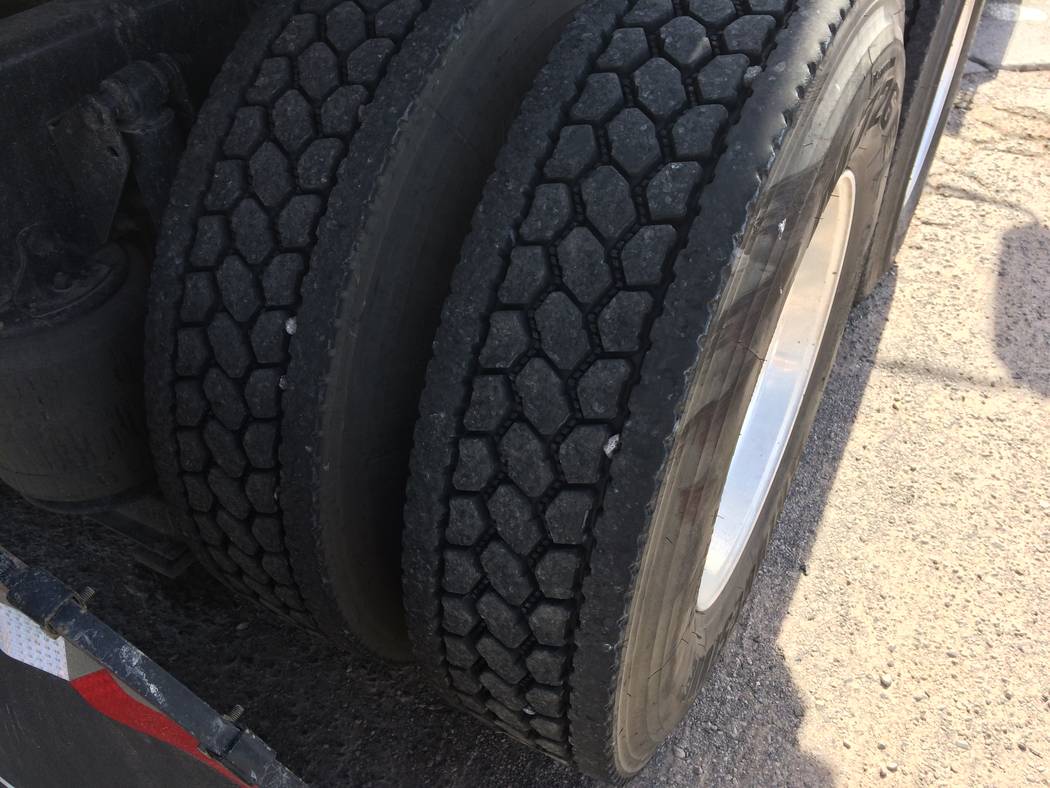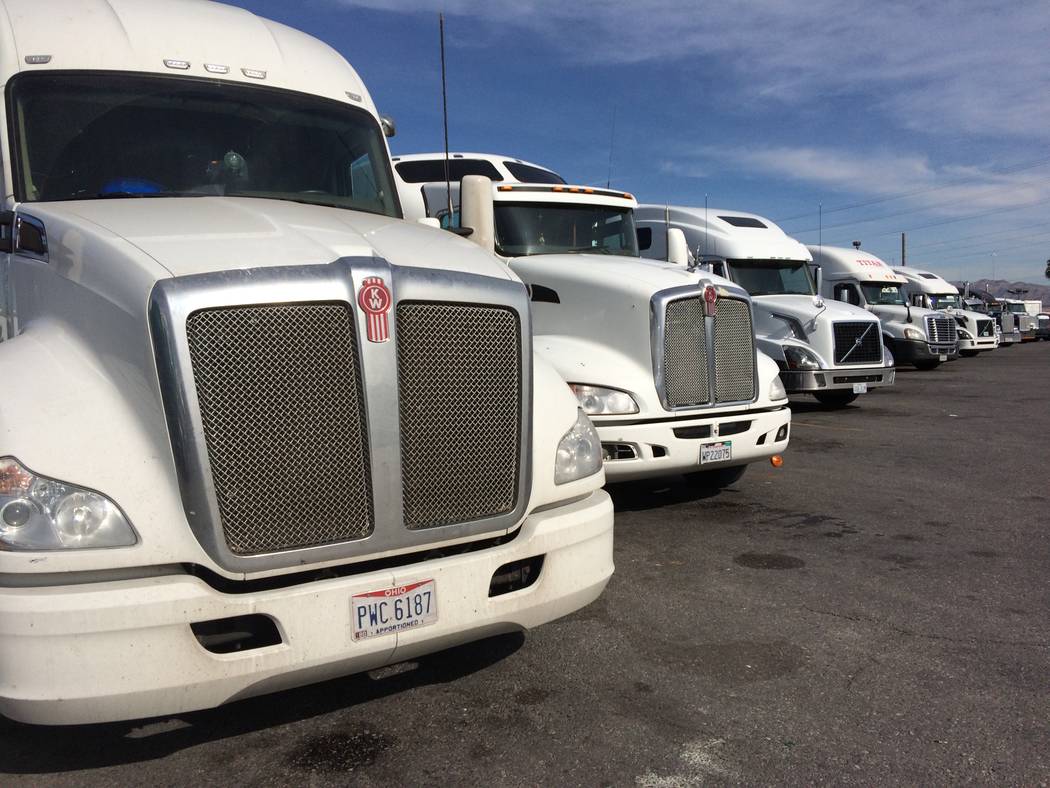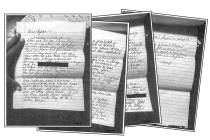Kicked-up stones a greater hazard on Southwest’s roads




Desert drivers know all too well what it’s like to be struck by little rocks that get kicked up on the road. The usual culprits are semitrailer trucks and pickup trucks with oversized tires.
“The off-road tires are the kind that pick up the rocks,” said Jenny Bridges, whose husband was a mechanic who fixed many dings and cracks. “And if you have an RV, then it’s very, very expensive to get (it fixed).”
Frances Alongi can commiserate. Her windshield got hit by a pebble, and the remnant of the event is still there.
“They fixed it, but you can still see that tiny little hole of light that comes through,” she said. “It bothers me. It’s right smack in front of the driver.”
Her insurance company would not replace the windshield. Ever since, when she gets behind an 18-wheeler, she slows down to let it get well ahead of her.
Michael Geeser is the president of the Nevada Insurance Council. He said rocks being thrown up by tires is a huge problem all over the Southwest, particularly around Phoenix and Las Vegas “or wherever there’s a lot of construction and debris blowing. … Most insurance companies, especially the big ones, will waive the deductible for a (crack repair) in Las Vegas, just because it happens so often and they want to be good partners with their customers. That’s not the case in many other cities.”
In 2010, the U.S. saw 26,649 in auto-glass claims, according to autoinsurance.org. CostHelper reports that replacing a windshield will run between $100 and $400. Opting for a non-OEM (original equipment manufacturer) windshield can save hundreds of dollars.
According to the Society of Automotive Engineers, windshields are the No. 1 insurance claim America, with 30 percent of auto insurance claims being windshield damage. Cracks around the edges account for roughly 70 percent to 80 percent of windshield replacements. Called “edge cracks,” they occur because the outer 2 inches of a windshield’s perimeter are the weakest part and prone to“residual stresses.” While it can handle the initial impact, that area has a tendency to fracture soon after, sometimes into cracks as long as 12 inches. Windshield replacements were reduced in 1990, after the introduction of Ultra Bond, a resin injected into cracks.
Even so, as many as 63 percent of windshield replacements (totaling 56 million) in America resulted from edge cracks, according to an Ultra Bond survey based on invoices from 1997 to 2002.
Many windshields never crack from thrown-up pebbles, but may have smaller damage called stars. On average, insurance companies pay for 10 star repairs for every windshield replacement, the National Windshield Repair Association reports, with the average replacement claim running about $400. The average repair, it shows, costs $50.
Big rigs are just as apt to sustain damage as are cars. Saul Jauredui, 27, has been a truck driver for six years and does local runs. He said tires on an 18-wheeler and other big rigs have deeper tread, so they are more likely to pick up pebbles.
“And we do a lot of construction site deliveries, so we get them there,” he said of the rocks.
He said it would take too long to pick out the pebbles every time he passes through a construction site. Time, after all, is money. But he’s been a victim of trucks throwing off rocks, too.
“Sometimes, other trucks break my windshields. It happened again about a month ago and it’s happened with my car, too,” he said.
There is one area of their trucks they keep free from pebbles: the flatbed.
“We have to sweep off any rocks because if we get pulled over and there are rocks on it, we get ticketed,” he said. “But the tires, no, we don’t really pay attention to them.”
Tristan Barnes, manager of TechnaGlass, 2515 W. Craig Road, estimated the store helps 15 patrons who’ve had their windshields hit each week. Only 2 percent require a full window being replaced, he said.
“It’s usually just a chip,” he said.
How strong are windshields?
“There’s a test they (glass manufacturers) do, a bowling ball that they drop from 80 feet and if it punctures the windshield, then that whole batch can’t (be used),” he said.
Contact Jan Hogan at jhogan@reviewjournal.com or 702-387-2949.
By the numbers
In 2010, the U.S. saw 26,649 auto glass claims, according to autoinsurance.org.


















